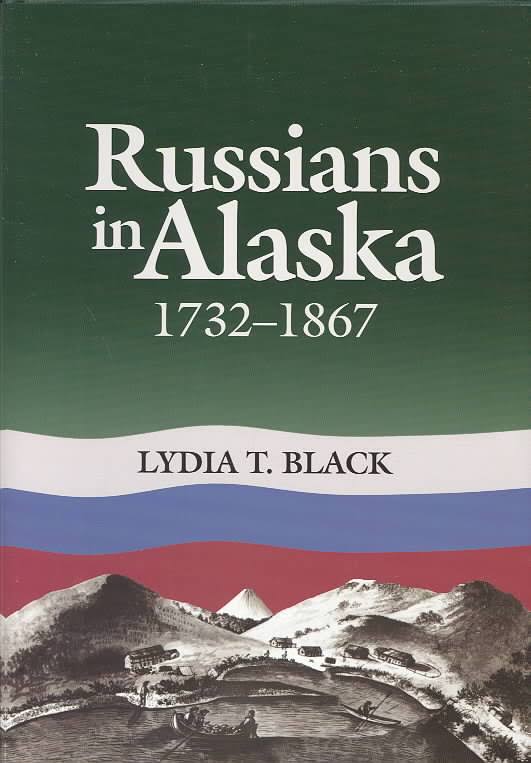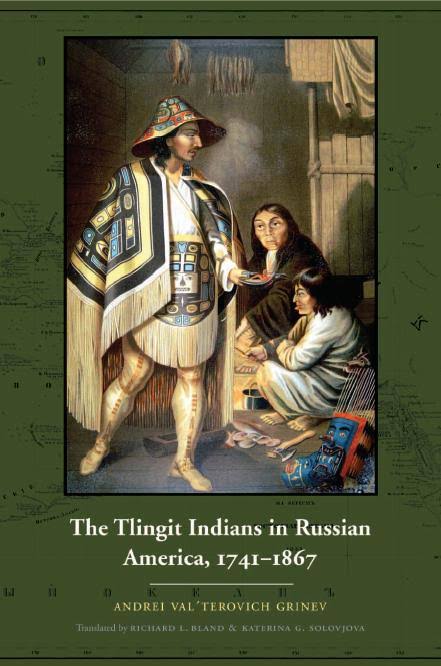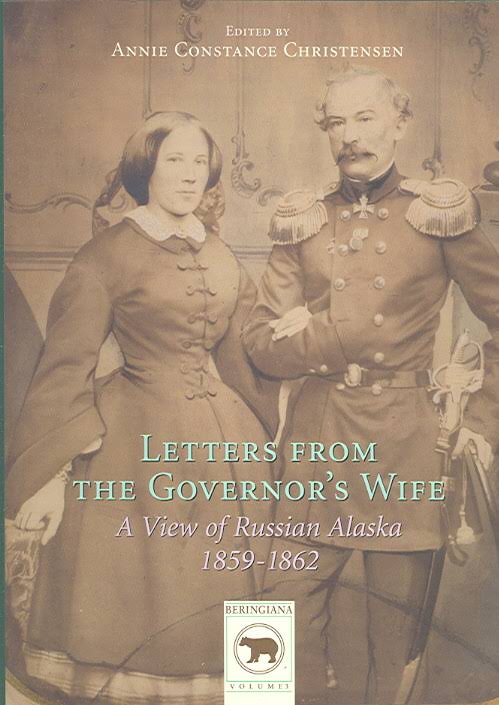Russian America: An Overseas Colony of
1) Russian America: An Overseas Colony of a Continental Empire, 1804-1867 – Ilya Vinkovetsky
Oxford University Press | 2014 | PDF
From 1741 until Alaska was sold to the United States in 1867, the Russian empire claimed territory and peoples in North America. In this book, Ilya Vinkovetsky examines how Russia governed its only overseas colony, illustrating how the colony fit into and diverged from the structures developed in the otherwise contiguous Russian empire. Russian America was effectively transformed from a remote extension of Russia’s Siberian frontier penetrated mainly by Siberianized Russians into an ostensibly modern overseas colony operated by Europeanized Russians.
Under the rule of the Russian-American Company, the colony was governed on different terms than the rest of the empire, a hybrid of elements carried over from Siberia and imported from rival colonial systems. Its economic, labor, and social organization reflected Russian hopes for Alaska, as well as the numerous limitations, such as its vast territory and pressures from its multiethnic residents, it imposed. This approach was particularly evident in Russian strategies to convert the indigenous peoples of Russian America into loyal subjects of the Russian Empire. Vinkovetsky looks closely at Russian efforts to acculturate the native peoples, including attempts to predispose them to be more open to the Russian political and cultural influence through trade and Russian Orthodox Christianity.
Bringing together the history of Russia, the history of colonialism, and the history of contact between native peoples and Europeans on the American frontier, this work highlights how the overseas colony revealed the Russian Empire’s adaptability to models of colonialism.
2) Russians in Alaska: 1732-1867 – Lydia Black
University of Alaska Press | 2014 | PDF
This definitive work, the crown jewel in the distinguished career of Russian America scholar Lydia T. Black, presents a comprehensive overview of the Russian presence in Alaska. Drawing on extensive archival research and employing documents only recently made available to scholars, Black shows how Russian expansion was the culmination of centuries of social and economic change.
Blacks work challenges the standard perspective on the Russian period in Alaska as a time of unbridled exploitation of Native inhabitants and natural resources. Without glossing over the harsher aspects of the period, Black acknowledges the complexity of relations between Russians and Native peoples.
She chronicles the lives of ordinary men and womenthe merchants and naval officers, laborers and clergywho established Russian outposts in Alaska. These early colonists carried with them the Orthodox faith and the Russian language; their legacy endures in architecture and place names from Baranof Island to the Pribilofs.
This deluxe volume features fold-out maps and color illustrations of rare paintings and sketches from Russian, American, Japanese, and European sourcesmany have never before been published. An invaluable source for historians and anthropologists, this accessible volume brings to life a dynamic period in Russian and Alaskan history. A tribute to Blacks life as a scholar and educator, Russians in Alaska will become a classic in the field.
3) Glorious Misadventures: Nikolai Rezanov and the Dream of a Russian America – Owen Matthews
Bloomsbury USA | 2013 | EPUB
The Russian Empire once extended deep into America: in 1818 Russia’s furthest outposts were in California and Hawaii. The dreamer behind this great Imperial vision was Nikolai Rezanov – diplomat, adventurer, courtier, millionaire and gambler. His quest to plant Russian colonies from Siberia to California led him to San Francisco, where he was captivated by Conchita, the fifteen-year-old daughter of the Spanish Governor, who embodied his dreams of both love and empire. From the glittering court of Catherine the Great to the wilds of the New World, Matthews conjures a brilliantly original portrait of one of Russia’s most eccentric Empire-builders.
4) The Tlingit Indians in Russian America, 1741-1867 – Andrei Val’terovich Grinëv (Author), Richard L. Bland (Translator), Katerina G. Solovjova (Translator)
University of Nebraska Press | 2008 | PDF
The Tlingits, the largest Indian group in Alaska, have lived in Alaska’s coastal southwestern region for centuries and first met non-Natives in 1741 during an encounter with the crew of the Russian explorer Alexei Chirikov. The volatile and complex connections between the Tlingits and their Russian neighbors, as well as British and American voyagers and traders, are the subject of this classic work, first published in Russian and now revised and updated for this English-language edition. Andrei Val’terovich Grinev bases his account on hundreds of documents from archives in Russia and the United States; he also relies on official reports, the notes of travelers, the investigations of historians and ethnographers, museum collections, atlases, illustrations, and photographs.
Grinev outlines a picture of traditional Tlingit society before contact with Europeans and then analyzes interactions between the Tlingit people and newcomers. He examines the changes that took place in the Tlingits’ traditional material and spiritual culture, as well as military affairs, during the Russian-American period. He also considers the dynamics of the Tlingits’ population, the increase in interethnic marriage, their relationships with European immigrants, and their ethnology.
5) Letters to the Governor’s Wife: A View of Russian Alaska 1859-1862 – Paul Christesen (Editor)
Aarhus University Press | 2006 | PDF
In 1859 the Finnish-Swedish aristocrat and naval officer, Hampus Furuhjelm arrived in Alaska as one of the Russian colony’s last ambassadors. He brought with him his young wife Anna Furuhjelm, who wrote many long letters in English to her mother. These letters, for the first time, give us a vivid picture of everyday life in the colonial capital, Sitka, in the period shortly before the USA. took over Alaska. The letters have been edited and commented by Anna Furuhjelm’s great-granddaughter, Anni Christensen.
 1 / 5
1 / 5 2 / 5
2 / 5 3 / 5
3 / 5 4 / 5
4 / 5 5 / 5
5 / 5


